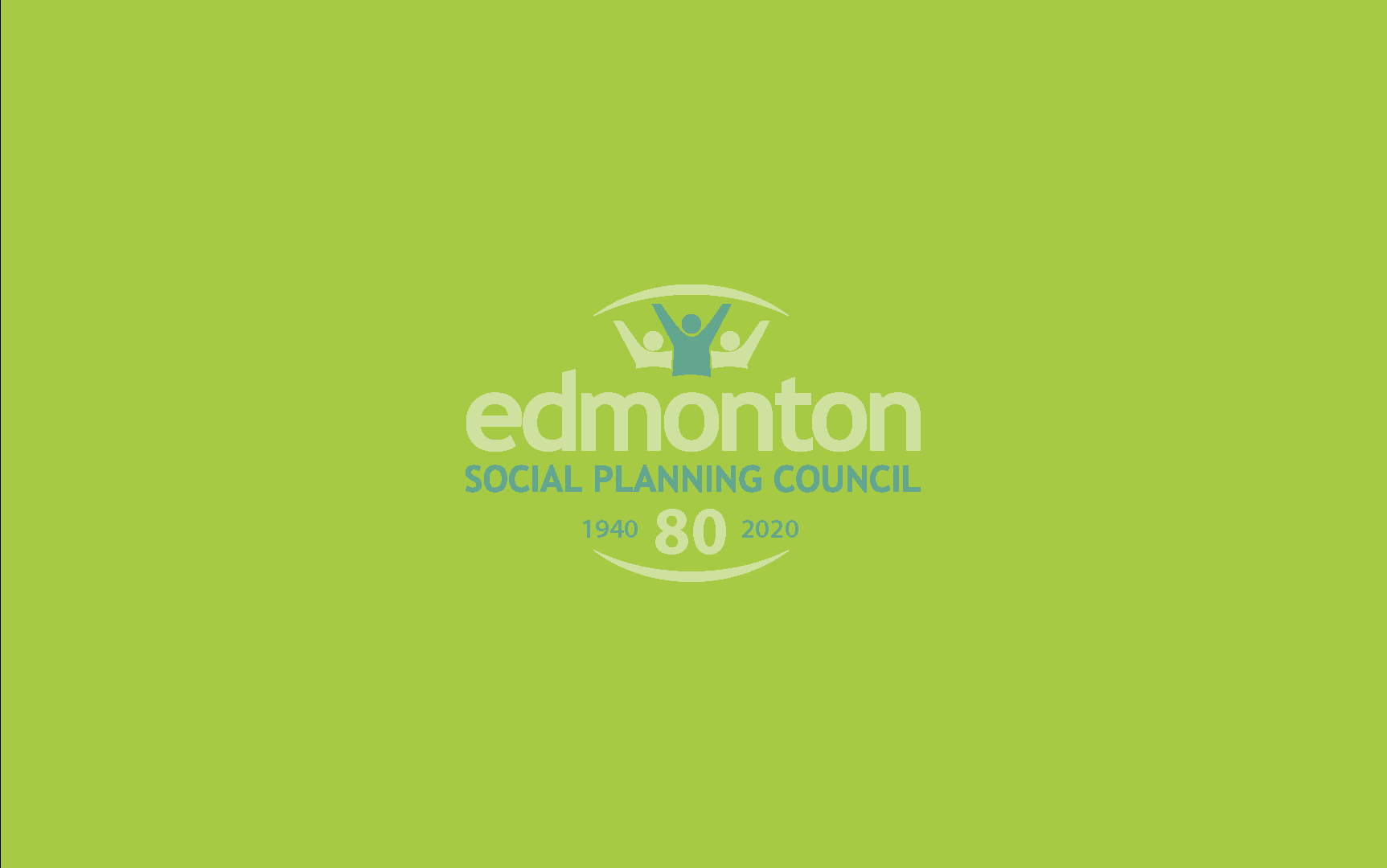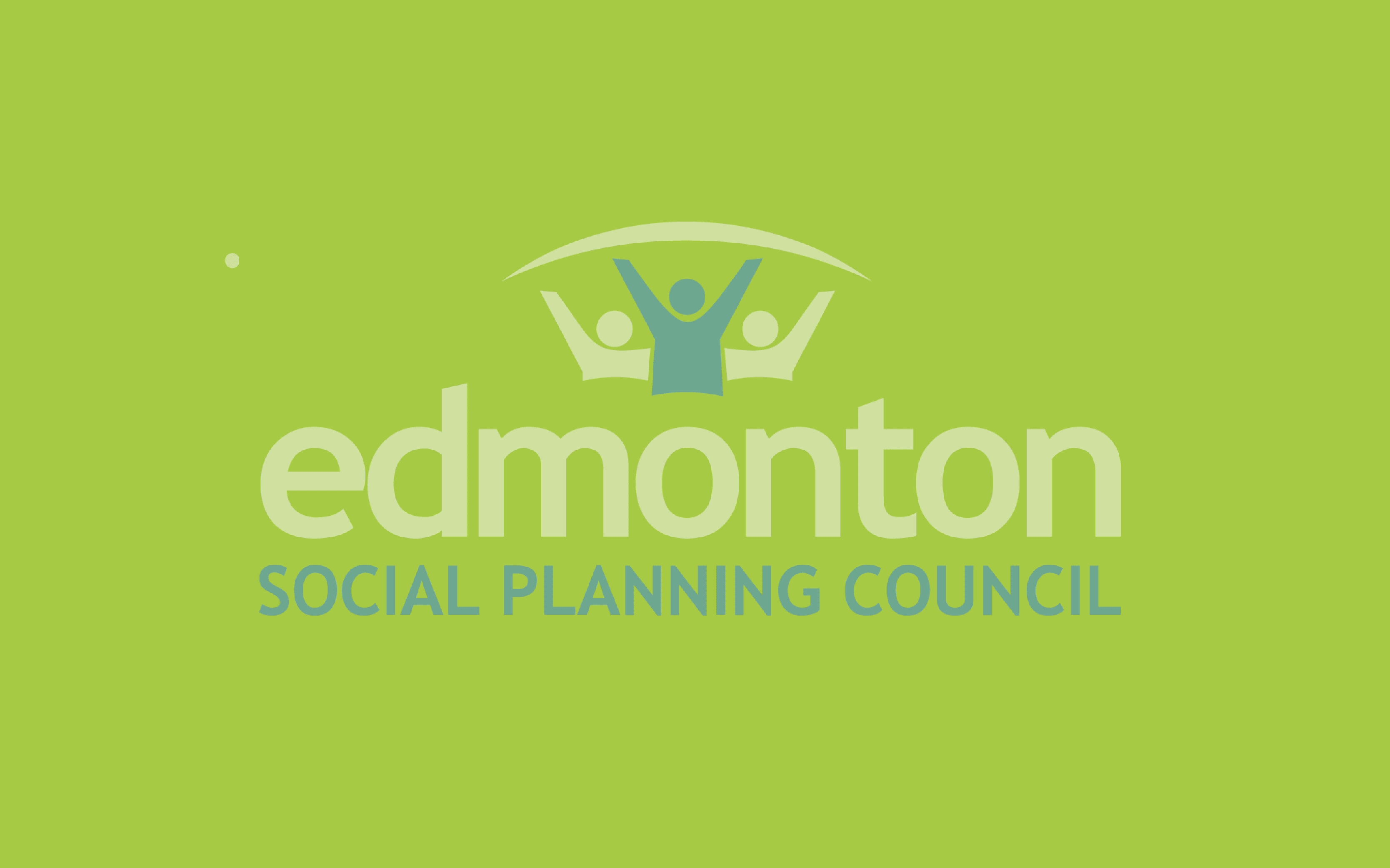[et_pb_section fb_built=”1″ _builder_version=”4.7.0″ custom_margin=”0px||0px||false|false” custom_padding=”0px||0px||false|false”][et_pb_row column_structure=”3_4,1_4″ use_custom_gutter=”on” gutter_width=”1″ _builder_version=”4.7.3″ _module_preset=”default” width=”100%” custom_margin=”0px||||false|false” custom_padding=”3px||5px|||” border_width_bottom=”1px” border_color_bottom=”#a6c942″][et_pb_column type=”3_4″ _builder_version=”4.7.0″ _module_preset=”default”][et_pb_post_title meta=”off” featured_image=”off” _builder_version=”4.7.4″ _module_preset=”default” title_font=”||||||||” custom_margin=”||3px|||” border_color_bottom=”#a6c942″][/et_pb_post_title][/et_pb_column][et_pb_column type=”1_4″ _builder_version=”4.7.0″ _module_preset=”default”][et_pb_image src=”https://edmontonsocialplanning.ca/wp-content/uploads/2020/08/boxes_1.gif” title_text=”boxes_1″ align=”center” disabled_on=”on|off|off” _builder_version=”4.7.4″ _module_preset=”default” width=”100%” custom_margin=”-2px||-1px||false|false” custom_padding=”||7px|||”][/et_pb_image][/et_pb_column][/et_pb_row][et_pb_row column_structure=”3_4,1_4″ use_custom_gutter=”on” gutter_width=”1″ make_equal=”on” _builder_version=”4.7.4″ background_size=”initial” background_position=”top_left” background_repeat=”repeat” width=”100%” custom_margin=”0px|auto|0px|auto|false|false” custom_padding=”37px|0px|44px|0px|false|false”][et_pb_column type=”3_4″ _builder_version=”4.5.6″ custom_padding=”0px|0px|0px|0px|false|false” custom_padding__hover=”|||”][et_pb_text _builder_version=”4.7.4″ _dynamic_attributes=”content” _module_preset=”default” text_font=”||||||||” text_text_color=”#000000″ custom_padding=”||32px|||”]@ET-DC@eyJkeW5hbWljIjp0cnVlLCJjb250ZW50IjoicG9zdF9kYXRlIiwic2V0dGluZ3MiOnsiYmVmb3JlIjoiIiwiYWZ0ZXIiOiIiLCJkYXRlX2Zvcm1hdCI6ImRlZmF1bHQiLCJjdXN0b21fZGF0ZV9mb3JtYXQiOiIifX0=@[/et_pb_text][et_pb_button button_url=”https://edmontonsocialplanning.ca/wp-content/uploads/2020/07/FACTIVIST-SUMMER-2020.pdf” button_text=”Download the Summer 2020 fACTivist” _builder_version=”4.7.4″ _module_preset=”default” custom_button=”on” button_text_color=”#ffffff” button_bg_color=”#008ac1″ custom_margin=”||19px|||” custom_padding=”||5px|||” hover_enabled=”0″ sticky_enabled=”0″][/et_pb_button][et_pb_text _builder_version=”4.6.6″ background_size=”initial” background_position=”top_left” background_repeat=”repeat” width=”95%” module_alignment=”left” custom_margin=”0px|0px|0px|-96px|false|false” locked=”off”]
Note: this is excerpted from Summer 2020 edition of our fACTivist publication. The Edmonton Social Planning Council, in collaboration with volunteers and colleagues within the sector, strives to provide stakeholders and community members with updates on ESPC’s activities and projects, including articles and initiatives that address a variety of pertinent issues that affect our community
During the height of the pandemic, Alberta’s unemployment rate went as high as 15.5%, according to Labour Force Survey results for the month of May 2020, as businesses were forced to close due to public health restrictions. This excludes those who did not lose their jobs entirely, but rather saw their hours and income drastically reduced; some experts believe the true unemployment rate could be as high as 30%.
This major disruption has laid bare who some of the most financially vulnerable are during this pandemic and has exposed holes in our social safety net. According to Statistics Canada’s recent report, Work Interruptions and financial vulnerability, single mothers are some of the most vulnerable individuals when faced with work interruption of two months, with 56% of them unlikely to be able to make ends meet. Commentary that the current economic downturn has disproportionately affected women, at time referred to as a “she-cession,” means this development is not a complete surprise. Other highly vulnerable households include those headed by Indigenous people or newcomers. Financially vulnerable families would need approximately $1,745 per month, on average, just to stay above the poverty line.
In addition, these work interruptions have laid bare the vulnerability of workers engaged in precarious work, especially those in the so-called “gig economy,” where unincorporated self-employed workers enter into various contracts with firms to complete specific tasks for a negotiated sum. These include the use of online platforms such as Uber, Lyft, TaskRabbit, Skip the Dishes, and Upwork. While some take on gig work as a supplemental source of income in addition to standard employment, nearly half of Canadians who take on gig work do so as a primary source of income. These types of working arrangements do not provide adequate job security, health benefits, or consistent income, nor do they support opportunities to save money.
When the pandemic hit, it became abundantly clear that a lot of Canadians who found themselves out of work faced barriers to accessing benefits, especially when their situations did not meet the threshold for obtaining income supports such as Employment Insurance (EI). The federal government reacted by creating benefit programs designed to help those who would otherwise fall through the cracks, such as the Canadian Emergency Response Benefit and the Canada Emergency Student Benefit. They also provided temporary boosts to existing programs for parents of children, seniors, persons with disabilities, and gave out additional GST rebates.
While these relief measures are welcome and much-needed for vulnerable low-income Albertans and Canadians, the pandemic has made clear that we need to rethink our safety nets not only for public health emergencies, but for all times.
Robust conversations have been had on whether a universal basic income would be needed to address this shortfall. While the precise details of what a basic income would look like, and how it would be incorporated within our existing social programs, is still an open conversation, it is abundantly clear that we need to ensure there is a floor built for our society’s most vulnerable. By ensuring they can access the most basic of needs—nutritious food, shelter, medicine, clothing, access to transportation, and others—they will never be forced to go without or fall through the cracks.
[/et_pb_text][/et_pb_column][et_pb_column type=”1_4″ _builder_version=”4.7.4″ custom_padding=”0px|20px|0px|20px|false|false” border_color_left=”#a6c942″ custom_padding__hover=”|||”][et_pb_testimonial author=”Posted by:” job_title=”@ET-DC@eyJkeW5hbWljIjp0cnVlLCJjb250ZW50IjoicG9zdF9hdXRob3IiLCJzZXR0aW5ncyI6eyJiZWZvcmUiOiIiLCJhZnRlciI6IiIsIm5hbWVfZm9ybWF0IjoiZGlzcGxheV9uYW1lIiwibGluayI6Im9uIiwibGlua19kZXN0aW5hdGlvbiI6ImF1dGhvcl93ZWJzaXRlIn19@” portrait_url=”@ET-DC@eyJkeW5hbWljIjp0cnVlLCJjb250ZW50IjoicG9zdF9hdXRob3JfcHJvZmlsZV9waWN0dXJlIiwic2V0dGluZ3MiOnt9fQ==@” quote_icon=”off” disabled_on=”on|off|off” _builder_version=”4.7.4″ _dynamic_attributes=”job_title,portrait_url” _module_preset=”default” body_text_color=”#000000″ author_font=”||||||||” author_text_align=”center” author_text_color=”#008ac1″ position_font=”||||||||” position_text_color=”#000000″ company_text_color=”#000000″ background_color=”#ffffff” text_orientation=”center” module_alignment=”center” custom_margin=”0px|0px|4px|0px|false|false” custom_padding=”32px|0px|0px|0px|false|false”][/et_pb_testimonial][et_pb_text disabled_on=”on|off|off” _builder_version=”4.7.4″ _dynamic_attributes=”content” _module_preset=”default” text_text_color=”#000000″ header_text_align=”left” header_text_color=”rgba(0,0,0,0.65)” header_font_size=”20px” text_orientation=”center” custom_margin=”||50px|||” custom_padding=”48px|||||”]@ET-DC@eyJkeW5hbWljIjp0cnVlLCJjb250ZW50IjoicG9zdF9jYXRlZ29yaWVzIiwic2V0dGluZ3MiOnsiYmVmb3JlIjoiUmVsYXRlZCBjYXRlZ29yaWVzOiAgIiwiYWZ0ZXIiOiIiLCJsaW5rX3RvX3Rlcm1fcGFnZSI6Im9uIiwic2VwYXJhdG9yIjoiIHwgIiwiY2F0ZWdvcnlfdHlwZSI6ImNhdGVnb3J5In19@[/et_pb_text][/et_pb_column][/et_pb_row][/et_pb_section]



